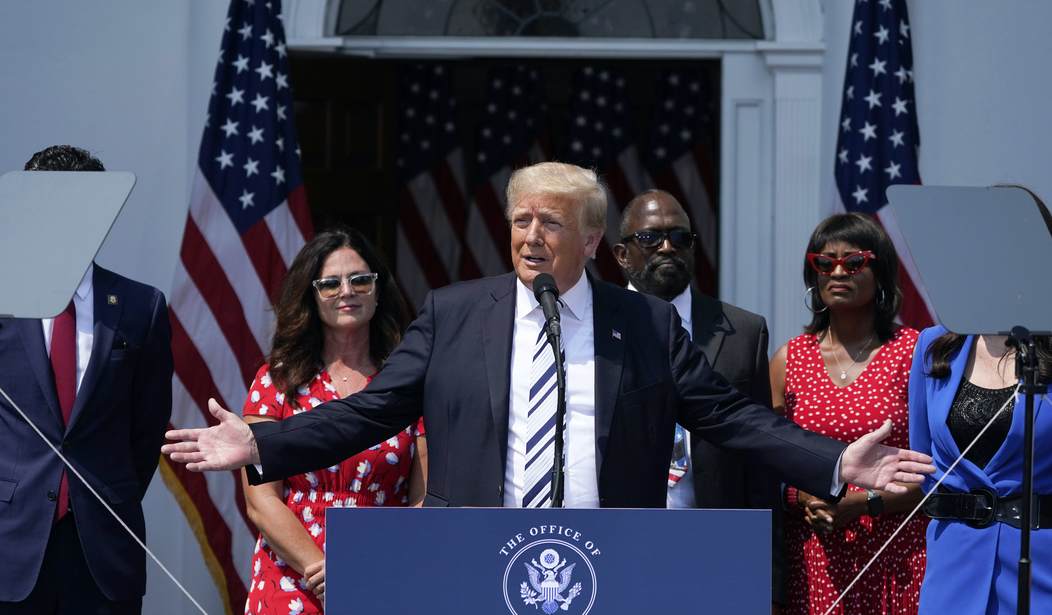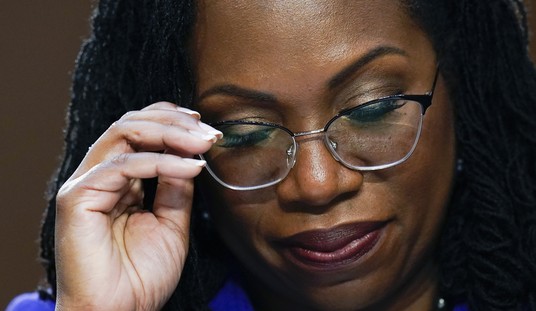On March 23, 2020, President Donald Trump first hinted that the lockdowns were not his first choice to control COVID-19. He tweeted, “We can’t let the cure be worse than the problem itself!” At that point, he was considering how to handle the end of the “15 Days to Slow the Spread” initiative. That phrase would be funny if it were not so infuriating. The media portrayed Trump’s comments to be solely concerned with the economy and his reelection.
On March 24, 2020, Trump clarified that he was worried about increased suicides if the economy remained closed for too long. In his clumsy way, he articulated the trend that Princeton professors Anne Case and Angus Deaton called “deaths of despair” in 2015. The economic impact of the 2008 recession and the hollowing out of the manufacturing base coincided with an uptick in deaths due to drug abuse (including opioids), alcohol abuse, and suicide, especially among middle-aged, working-class Americans. An economic decline could accelerate that trend yet again.
Of course, Trump’s assertion was fact-checked and deemed false. It was too weird when suicides and excess deaths were up in April 2021 and President Joe Biden blamed the lockdowns and people reaching the breaking point. The Washington Post fact check rating on Biden’s statement was “Pending.” We do know that the 12 months ending in May 2020 saw the highest number of overdose deaths ever recorded, at 81,000:
“The disruption to daily life due to the COVID-19 pandemic has hit those with substance use disorder hard,” said CDC Director Robert Redfield, M.D. “As we continue the fight to end this pandemic, it’s important to not lose sight of different groups being affected in other ways. We need to take care of people suffering from unintended consequences.”
Recommended (from May 2020): Coronavirus Anxiety Costs More Lives Than the Lockdowns Save From COVID-19, Study Finds
By October 2020, the country was seeing another alarming trend. Excess deaths among 25-44-year-olds jumped 26.5% compared with previous years. According to the Center for Disease Control and Prevention (CDC), 100,947 of those deaths were not linked to COVID-19 at all. Former FDA Director Dr. Scott Gottlieb, a lockdown proponent, remarked at the time:
“I would suspect that a good portion of the deaths in that younger cohort were deaths due to despair, due to other reasons,” admitted Gottlieb. “We’ve seen a spike in overdoses, and I would suspect that a good portion of those excess deaths in that younger cohort were from drug overdoses and other deaths that were triggered by some of the implications of we’ve gone through to try to deal with COVID-19.”
Gee, some of the things we went through like isolation and unemployment due to lockdowns? Who knew? It would seem President Trump had a clue. The team at PJ Media has documented the other data showing the real-world impacts of school closures and lockdowns. The gaps in education will persist for years. Babies and toddlers missed developmental milestones like learning how to speak and reading social cues in a world full of masked faces. Teen suicides were up drastically in some areas where schools remained closed, and mental health emergency visits for youngsters also skyrocketed.
My colleague Megan Fox even posited that adults might have forgotten how to read social cues and observe our social compacts, citing increasing violence and an escalation of conflicts on airlines during our recent live-stream video. The screaming meltdowns over mask-wearing and stalking of people not wearing them to post a video and shame them should have given everyone a clue that the country’s overall mental health was in decline. Still, some appear just to be discovering it.
Recommended VIP: What We’re Doing to Babies and Toddlers in the COVID Era Is Criminal
It was astounding to see this headline from Kaiser Health News: “Damage to Children’s Education — And Their Health — Could Last a Lifetime.” Even more shocking and somewhat infuriating, is that this is part of a series of articles that began on June 2, 2021, called “COVID’s Long Shadow,” which has covered delayed grieving due to lockdowns postponing funerals and memorials and the impact the pandemic will have on life expectancy:
With coronavirus infections falling in the U.S., many people are eager to put the pandemic behind them. But it has inflicted wounds that won’t easily heal. In addition to killing 600,000 in the United States and afflicting an estimated 3.4 million or more with persistent symptoms, the pandemic threatens the health of vulnerable people devastated by the loss of jobs, homes and opportunities for the future. It will, almost certainly, cast a long shadow on American health, leading millions of people to live sicker and die younger due to increasing rates of poverty, hunger and housing insecurity.
No kidding? It almost seems like there is a link between prosperity and personal health. The country was prosperous before COVID-19 under Trump and our knee-jerk response to the virus. The monetary answer has people who were already made vulnerable during the pandemic now facing increasing levels of inflation. This trend will make them less secure. The article goes on to note:
Life expectancy across the country plummeted by nearly two years from 2018 to 2020, the largest decline since 1943, when American troops were dying in World War II, according to the study. But while white Americans lost 1.36 years, Black Americans lost 3.25 years and Hispanic Americans lost 3.88 years. Given that life expectancy typically varies only by a month or two from year to year, losses of this magnitude are “pretty catastrophic,” said Dr. Steven Woolf, a professor at Virginia Commonwealth University and lead author of the study.
Over the two years included in the study, the average loss of life expectancy in the U.S. was nearly nine times greater than the average in 16 other developed nations, whose residents can now expect to live 4.7 years longer than Americans. Compared with their peers in other countries, Americans died not only in greater numbers but at younger ages during this period.
This trend is not due to COVID-19 deaths. CDC data shows the median age of death from COVID-19 during the height of the pandemic was 78 years old. Americans’ life expectancy was about 77 at the beginning of the pandemic. Something else is going on, and at this point, it doesn’t account for the deaths we will see due to delayed cancer screenings and other lapses in medical intervention for millions of Americans.
Recommended VIP: Lockdowns in Vain? Homes More Dangerous for COVID Spread Than Work and School, Study Claims
Many public health professionals have been warning about all of this for over a year, including Dr. Scott Atlas. Atlas was vilified, slandered, and threatened for daring to suggest a focused-protection strategy. He dared to contradict Dr. Anthony Fauci. The media and Democrats decried Education Secretary Betsy DeVos when she pushed for schools to reopen in the fall, citing education losses and mental health issues. It appears she underestimated the effects.
The Great Barrington Declaration, published on October 4, 2020, and signed by 14,806 medical and public health scientists and 43,604 medical practitioners, was suppressed, mocked, and ignored. It also called for focused protection and a return to normal for the young and healthy. One of the authors, Dr. Jay Bhattacharya, was censored on social media for saying that children didn’t need to wear masks. Their Stanford colleagues attacked both Atlas and Bhattacharya for deviating from the lockdown narrative.
The other person who knew was President Trump. The biggest mistake he made in 2020 was not listening to his gut and pushing ahead.










Join the conversation as a VIP Member